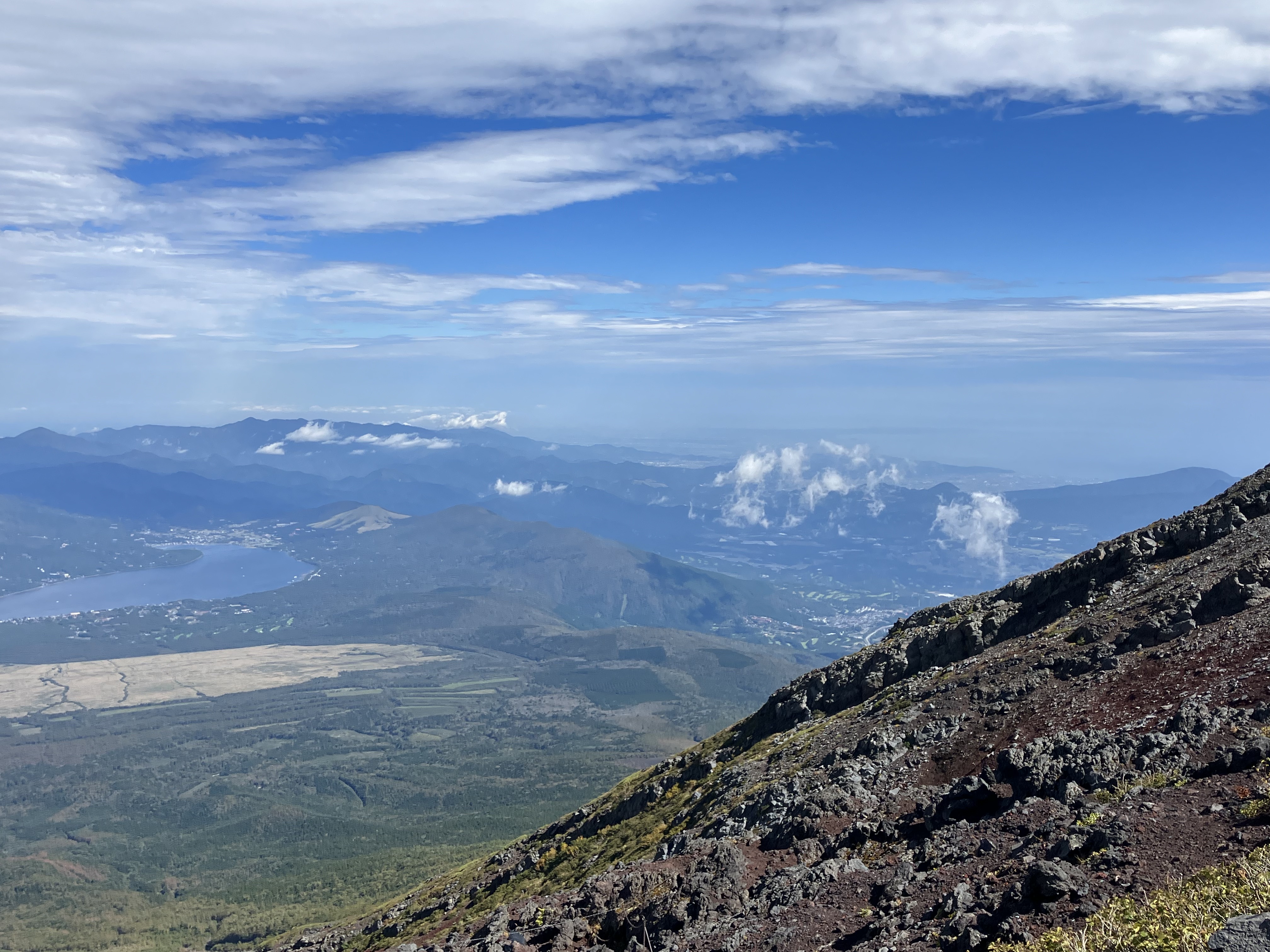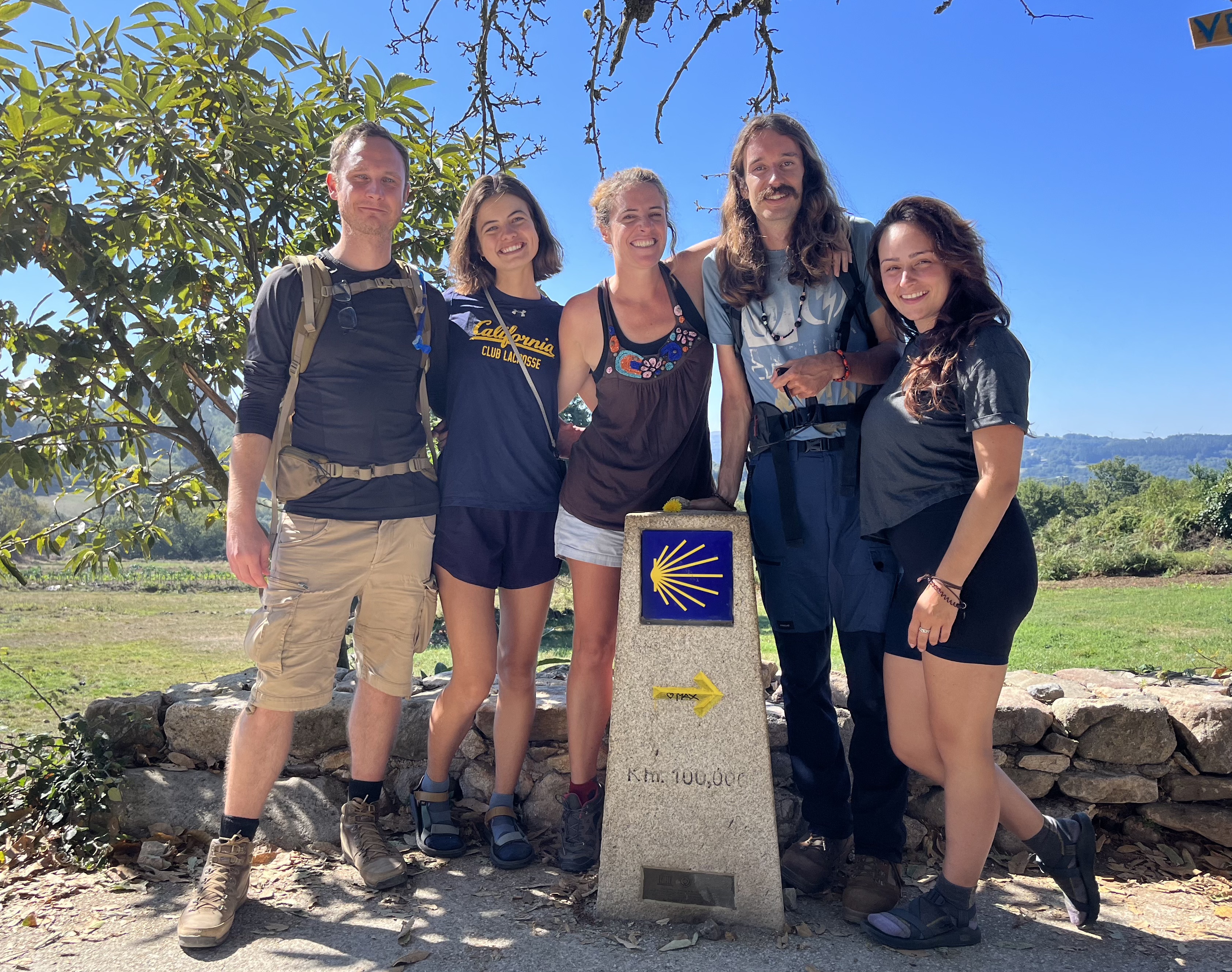
Stucture of Chromospheric Canopy Fields
(In progress master's thesis)
Click on the tiles below for summaries of what I have and am currently working on.
Some of my favorite hikes.

Weeklong backpack across Tenerife and bonus summits of Pico Viejo and El Teide along the way.

Hiking Mt. Fuji in the off-season.

3 weeks and 400km through the Spanish Pyrenees.

3-day mountain hut backpacking trip in Bariloche, Argentina.

870km trek crossing northern Spain. Started in Saint-Jean-Pied-de-Port and ended 39 days later in Fisterra.
Doing pottery off and on since 2022. Here are some of my recent favorites.